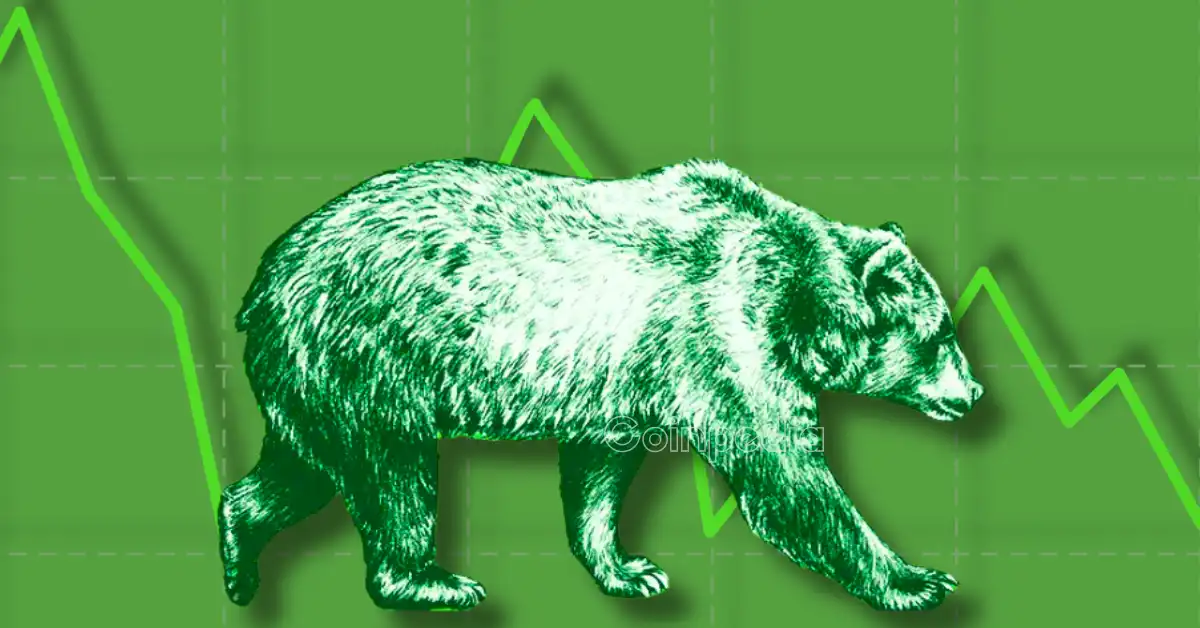Decoding Crypto’s Course: A Fed-Fueled Forecast
The cryptocurrency sphere finds itself at a compelling crossroads, its trajectory intricately linked to the Federal Reserve’s recent moves. Forget the anticipated rate cut celebrations; the Fed stood pat, and projections for future cuts shrunk, casting a shadow of near-term bearishness. But here’s the twist: the market shrugged it off with remarkable composure, hinting at deeper, more robust undercurrents and a collective belief in crypto’s long-term promise. Let’s dissect the present landscape, factoring in the Fed’s stance, the ever-present geopolitical rumblings, and the fickle nature of investor sentiment.
The Fed’s Tightrope Walk: A Market Reality Check
The crux of the matter lies in the Fed’s decision to keep the Fed Funds Rate stable, hovering between 4.25% and 4.50%. This mirrors the cautious approach of global counterparts like the Bank of Japan (BoJ), signaling a global reluctance to loosen the monetary reins. Contrary to whispers and even pleas from figures like ex-President Trump, the widely anticipated rate cut didn’t materialize. What’s more, the Fed’s “dot plot” – the Summary of Economic Projections – shifted the narrative, suggesting a prolonged period of higher interest rates, with only one cut anticipated in 2025, a step back from the previous forecast of two.
The immediate market pulse registered a cocktail of wariness and endurance. Bitcoin, the undisputed king of crypto, barely flinched around the announcement, exhibiting a stable price trajectory. This marked departure from previous patterns, where Fed pronouncements triggered notable price volatility. Though the broader crypto market experienced some downward drift, it lacked the drama of a full-blown sell-off. All this seems to point toward a market that had already braced itself for the Fed’s call and is growing comfortable in the current economic climate.
Storm Clouds Gathering: Geopolitics and Economic Uncertainty
The Fed’s decision wasn’t handed down in a vacuum; it landed amidst a tempest of geopolitical uncertainties, most notably the ongoing Middle East crisis. This instability acts as a risk amplifier, prompting some investors to seek shelter. Adding fuel to the fire, renewed anxieties about a potential escalation in the US-China trade war contribute to the overall sense of economic unease.
These external variables are creating a complex interplay, where the Fed’s monetary policy is inextricably linked to broader global affairs. Rumors circulate of traders hedging against potential price dips, with some bracing for Bitcoin to slide towards the $100,000 mark – a testament to the cautious sentiment despite recent gains.
Beyond the Short Squeeze: Long-Term Beliefs
Despite the bearish undercurrents, a strong belief persists in the crypto market’s enduring foundations. Back in 2022, the market demonstrated resilience, finding a bottom as interest rates stabilized, suggesting a potential inverse relationship between rates and crypto prices.
Investor sentiment, however, functions as the ultimate wildcard. A “hawkish dot plot,” signaling fewer rate cuts, can depress Bitcoin and the broader market. Conversely, the mere hint of future rate cuts, even distant ones, can breathe new life into the market. The current situation is defined by “maximum uncertainty” regarding the Fed’s next move, resulting in a careful, wait-and-see approach among traders.
The dance between macroeconomic trends and institutional behavior will choreograph the market’s next steps. While a rate cut could provide long-term tailwinds, short-term setbacks are still plausible, influenced by geopolitical hotspots and regulatory shifts.
Institutional Influence: The Whale Effect
Institutional investors are claiming an ever-larger slice of the crypto pie. Their appetite and risk tolerance are now significant drivers of market trends. The prevailing climate of economic uncertainty and unwavering Fed policy might encourage these institutional players to adopt a more cautious stance, potentially slowing the flow of investment.
Moreover, the very fabric of the crypto market is evolving. The increased demand for short-term Bitcoin put options, a sign of bearish expectations, suggests that informed traders are bracing for potential price declines. This reflects a maturing market and the rise of sophisticated trading strategies.
Two Months to Clarity: Charting the Near-Term
While crystal balls remain elusive, we can identify key signposts that will likely shape crypto’s journey over the next couple of months.
- Macroeconomic Data: Inflation rates, employment figures, and GDP growth will collectively inform the Fed’s future policy decisions.
- Geopolitical Developments: Escalations or de-escalations in global tensions will directly impact investor confidence and risk appetites.
- Fed Communication: Fed Chair Jerome Powell’s pronouncements and the Fed’s ongoing communications will be dissected for clues about the future policy roadmap.
- Institutional Adoption: The level of institutional participation, the debut of novel crypto-related products, and services will exert a strong influence.
- Regulatory Landscape: Shifts in cryptocurrency regulations carry the potential to dramatically alter market sentiment and adoption rates.
Consolidation Crossroads: A Strategic Pause
The crypto market currently finds itself in a period of consolidation, marked by strategic maneuvering. The Fed’s decision to hold interest rates steady, coupled with reduced expectations of future cuts, has injected a dose of short-term pessimism. Yet, the market’s relatively subdued response points to inherent resilience and a growing acknowledgement of the long game.
The interwoven narratives of geopolitical events, macroeconomic forces, and evolving investor sentiment will dictate the market’s ultimate direction. While uncertainty remains, the crypto market’s ability to absorb the Fed’s announcement without a dramatic downturn suggests a maturing ecosystem, capable of adapting to shifting economic realities. The coming two months will be pivotal in determining whether this consolidation phase gives way to a sustained rally or a deeper correction, demanding careful observation and strategic agility from investors and market participants alike.

